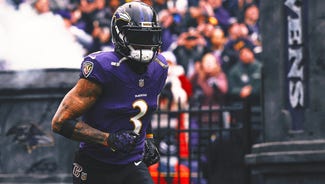





































































































































Grand jury catches break in Hernandez double-murder investigation

Grand jurors who indicted former New England Patriots tight end Aaron Hernandez in a 2012 double murder met 24 times to consider evidence in the case – all but two of them after the football star emerged as a possible suspect following another killing.
That detail was among a list of 272 pieces of evidence that prosecutors have turned over to Hernandez’s defense team in the July 16, 2012, killings of Daniel de Abreu, 29, and Safiro Furtado, 28, and the wounding of a third man at a South Boston intersection.
The list was filed with Suffolk County Superior Court by prosecutors Patrick Haggan and Teresa Anderson.
The routine filing, made public on Monday, underscored what had been suggested in other court documents – that the investigation into the murders of de Abreu and Furtado was stalled for months before Hernandez emerged as a suspect after he was implicated in the June 17, 2013, murder of Odin Lloyd, 27, in North Attleboro, Mass.
Hernandez has been indicted in both cases. He faces murder and weapons charges in Lloyd’s death in Bristol County, located in southeast Massachusetts, and murder, assault and weapons charges in the killings of de Abreu and Furtado in Suffolk County, where Boston is located.
Hernandez has pleaded not guilty in both cases.
The killings of de Abreu and Furtado occurred after they and three friends had visited Cure Lounge, a nightclub in Boston’s theater district. The group had left the club and was headed home in a car de Abreu borrowed from his sister when they reached a red light on an Interstate 90 overpass. At that point, according to witnesses in another car, a silver sport-utility vehicle with Rhode Island license plates pulled up next to them and someone inside opened fire with a .38-caliber revolver, killing de Abreu and Furtado and wounding one of the men sitting in the back seat.
According to the court filing, the case was presented to the grand jury two days later, on July 18, 2012, and again on Sept. 26 of that year.
Then, for months, there was no activity before the grand jury, a group of citizens that meets on a regular schedule to consider serious crimes. Grand juries offer distinct advantages to prosecutors – they meet in secret, and they can compel witnesses to testify by offering them immunity.
Boston police had appealed to the public for help in finding the SUV, and detectives spent time looking through vehicle registration records in Rhode Island, hoping to identify its owner. They dug into the backgrounds of de Abreu and Furtado but found nothing to help narrow the investigation’s focus – no ties to gangs, no criminal activity.
Then Lloyd, a semi-pro football player who was dating the sister of Hernandez’s fiancée, was gunned down in a secluded field less than a mile from the star player’s mansion. Almost immediately, Hernandez became the focus of that investigation, and he was arrested a little over a week later and cut by the Patriots.
In the meantime, a man called police and said that Lloyd’s killing and the murders of de Abreu and Furtado were linked – that they’d been committed by the same person. And investigators discovered a silver Toyota 4Runner with Rhode Island license plates parked in a garage in Bristol, Conn., Hernandez’s hometown. The home was owned by Hernandez’s uncle.
Suddenly, the investigation into the South Boston shootings took on new urgency.
That vehicle, which had been loaned to Hernandez by a Rhode Island car dealer in exchange for some promotional work, is believed to have been used in the shootings.
Beginning July 10, 2013, the grand jury met 22 more times to consider the case, according to the court filing.
Other details in the court filing also show that the investigation stalled, then picked up again after Lloyd’s killing.
For example, among the evidence turned over was 1,087 photographs taken by investigators – 415 taken on the day de Abreu and Furtado were killed, or on the following day. Another 672 pictures were all taken in 2013.
There were also a flurry of police reports, according to the filing – none between September 2012 and June 2013.
The filing shows that prosecutors also turned over to the defense ballistics and forensics reports, search warrants, financial and travel records, phone records, computer printouts and what is described as a “handwritten letter.”
Hernandez is due back in court June 16 in Lloyd’s death and June 24 in the killings of de Abreu and Furtado.
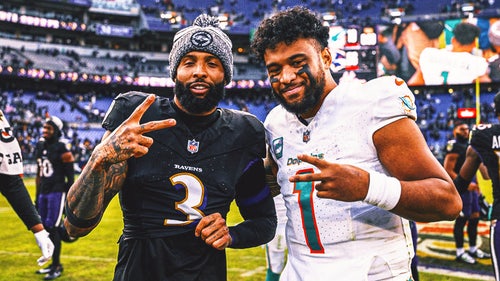
Why signing Odell Beckham Jr. was a desperate need for the Dolphins
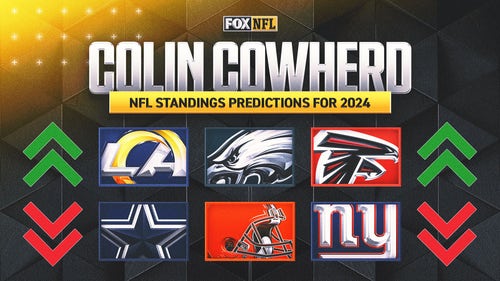
2024 NFL predictions: An early look at division winners
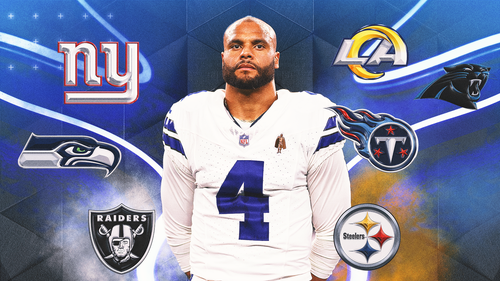
If Dak Prescott leaves Cowboys, who are his best suitors in 2025?
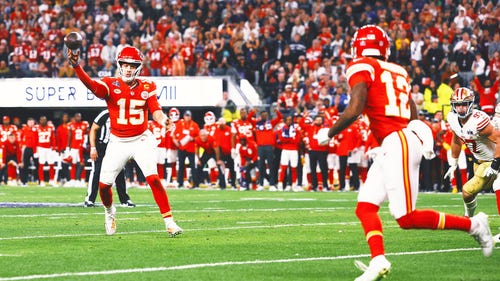
Patrick Mahomes predicts Chiefs will run 'Corn Dog' play to another Super Bowl win
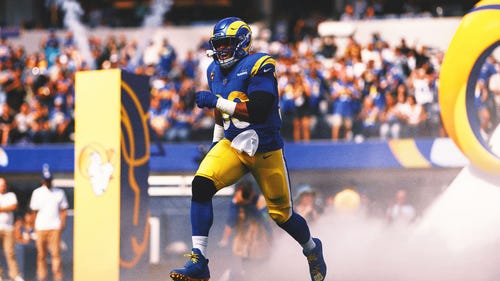
Will Rams try to lure Aaron Donald out of retirement for playoff run?

Saquon Barkley: Giants never made me an offer before signing with Eagles
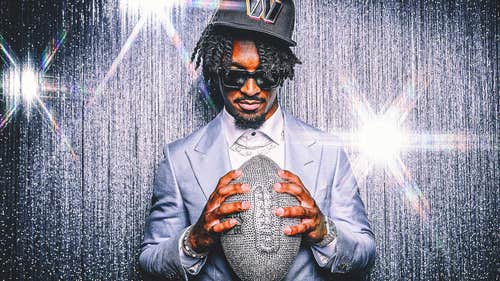
Eight perfect fits from NFL Draft: Jayden Daniels poised to shine in D.C.
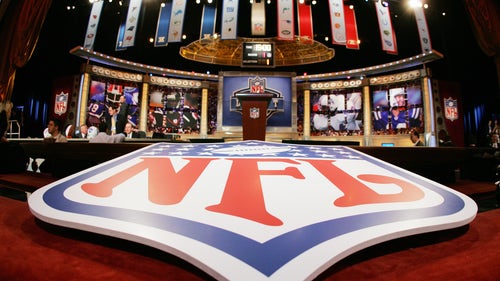
2024 NFL Draft order: Updated after Round 1

2024 NFL Schedule Release: Date, when does the season start?


Why signing Odell Beckham Jr. was a desperate need for the Dolphins

2024 NFL predictions: An early look at division winners

If Dak Prescott leaves Cowboys, who are his best suitors in 2025?

Patrick Mahomes predicts Chiefs will run 'Corn Dog' play to another Super Bowl win

Will Rams try to lure Aaron Donald out of retirement for playoff run?

Saquon Barkley: Giants never made me an offer before signing with Eagles

Eight perfect fits from NFL Draft: Jayden Daniels poised to shine in D.C.

2024 NFL Draft order: Updated after Round 1

2024 NFL Schedule Release: Date, when does the season start?
